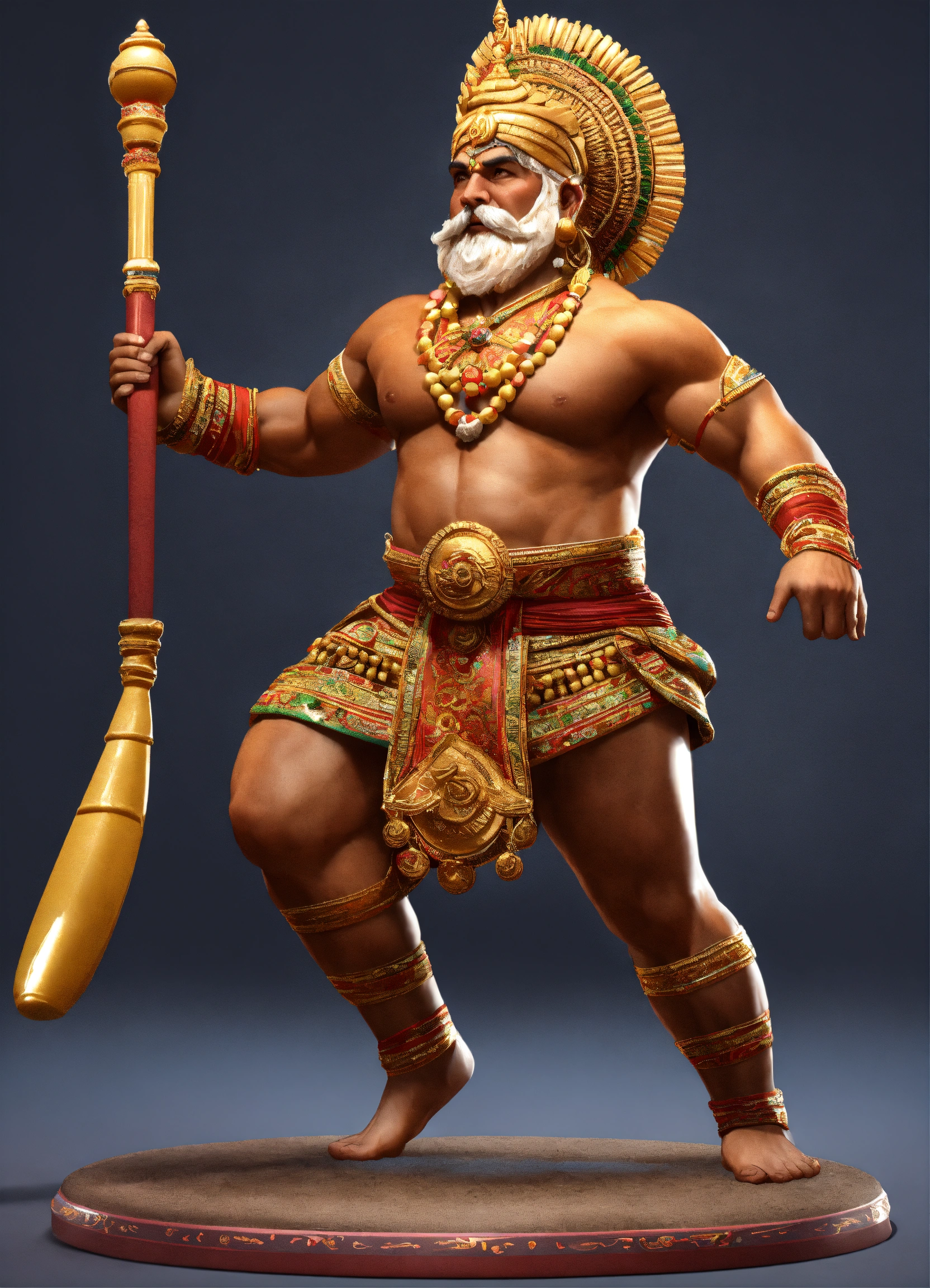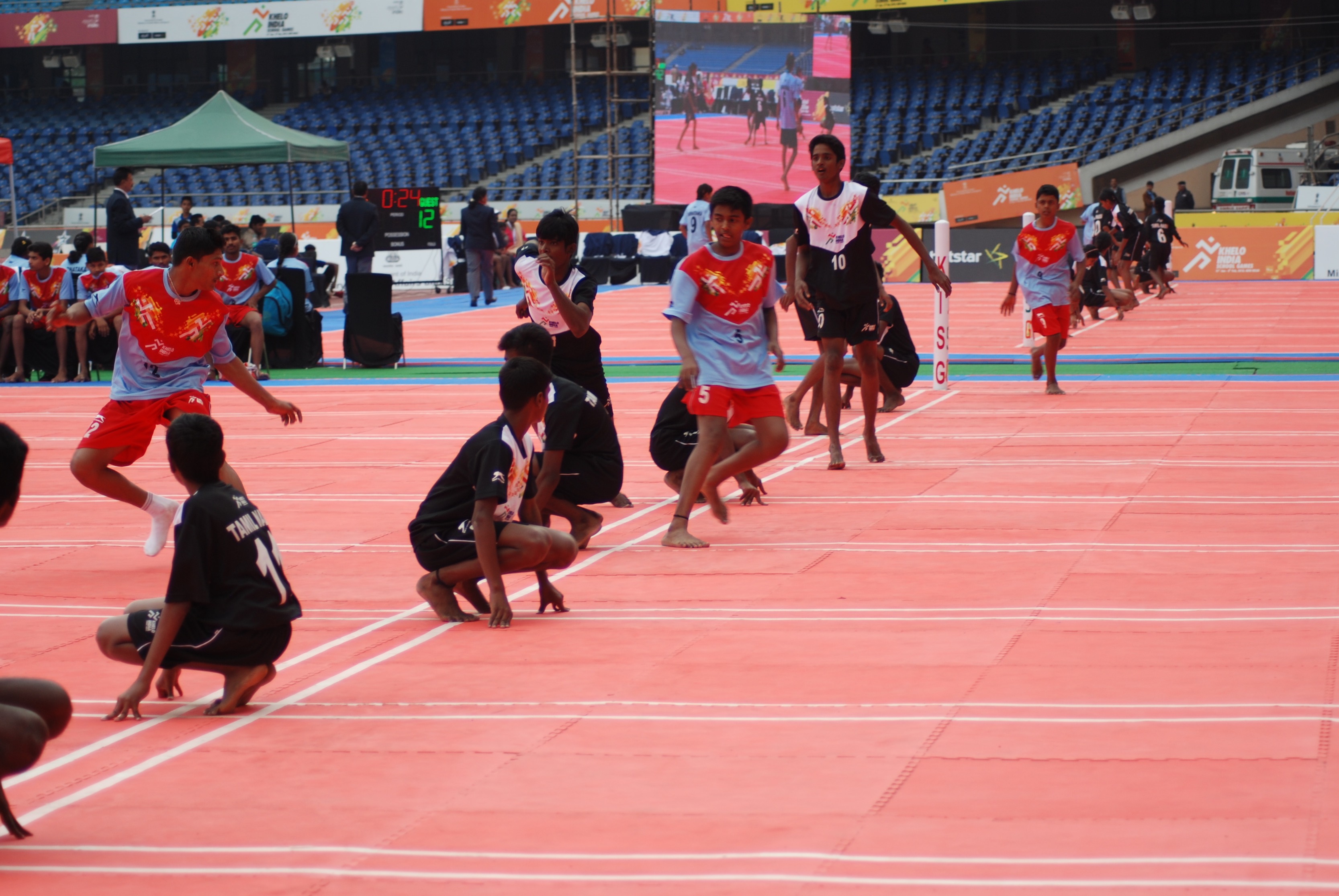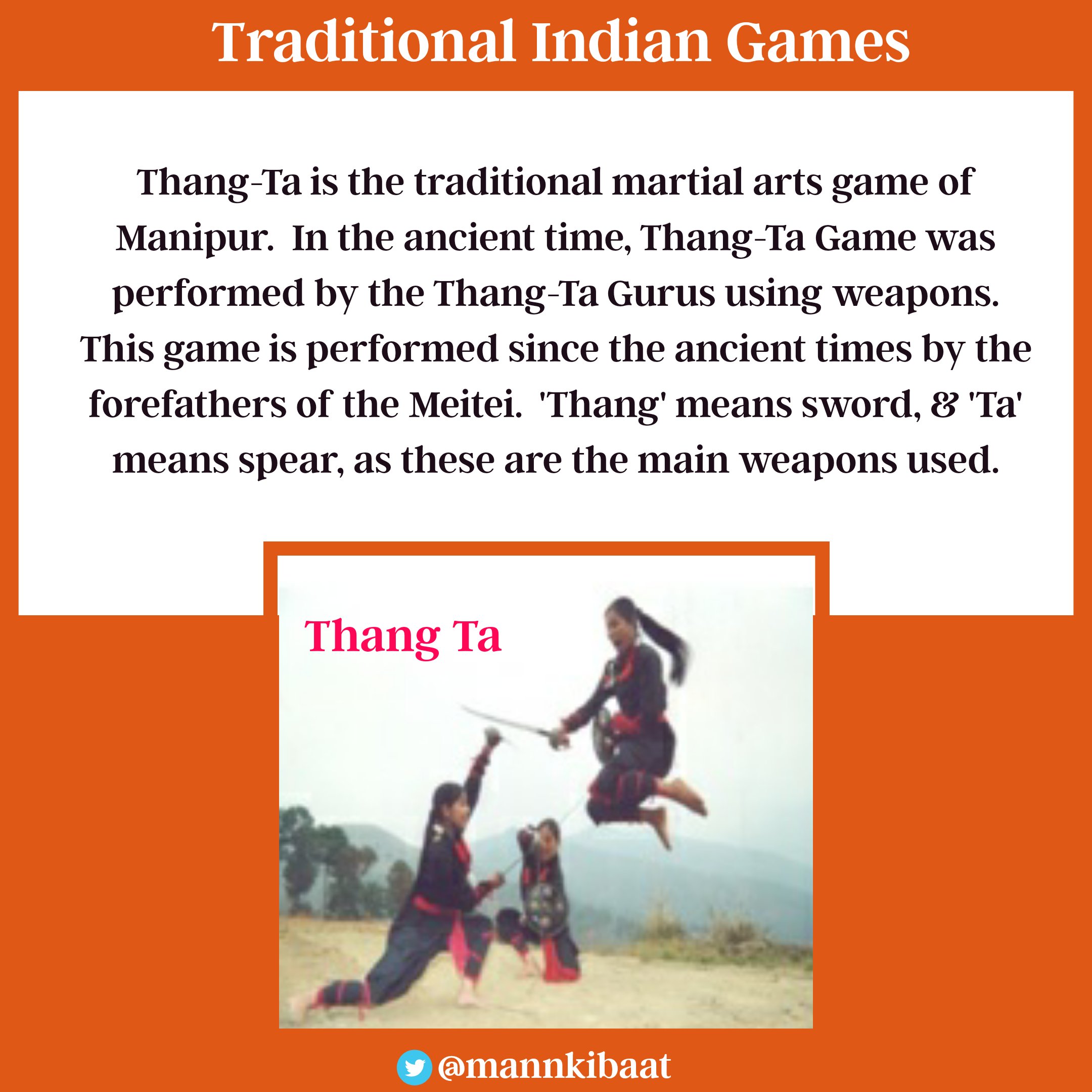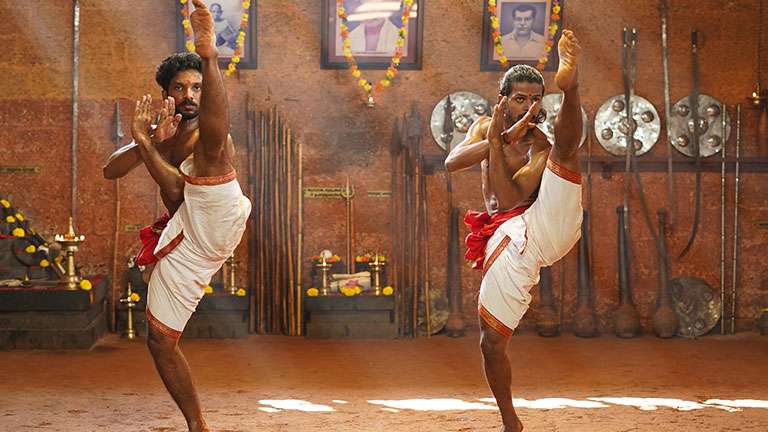Introduction
In the rich tapestry of India’s cultural heritage, woven from countless threads of traditions, customs, and practices, indigenous games stand as vibrant, often overlooked motifs. These games, rooted deep in the diverse soil of this subcontinent, carry within them the echoes of centuries and the essence of a nation. Beyond the glitz and glamour of modern sports, these traditional indigenous games are the unsung heroes of India’s sporting narrative. They whisper tales of history, tug at the heartstrings of nostalgia, and offer a glimpse into the past while remaining very much alive in the present.
In this exploration of “Traditional Indigenous Games,” we will embark on a journey through the length and breadth of this extraordinary country, where each region boasts its own unique sporting gems. These are games that time may have forgotten, but resilient communities and enthusiasts are working tirelessly to ensure they remain an integral part of India’s cultural mosaic. Join us as we delve into the historical roots, cultural significance, and challenges these games face in an ever-changing world. Discover the heartwarming stories of preservation efforts and the impact these games have on the youth, bringing a deeper understanding of inclusivity and gender equality in a sporting context.

Together, let’s uncover the treasures hidden within the heart of India, games that continue to shape not only athletes but also communities, fostering bonds and preserving cultural legacies. These indigenous games are more than just physical activities; they are living, breathing relics of India’s remarkable past and promising future.
Traditional games are deeply intertwined with India’s cultural fabric. They are more than just physical activities; they reflect the spirit, beliefs, and values of various regions. In this section, you will explore how these games often have rituals and customs attached, making them a vibrant part of festivals and celebrations.
Specific Games
In this part, you will take a closer look at various indigenous games, highlighting their unique characteristics and regional significance. Some examples could include:
a. Kabaddi: Originating in Tamil Nadu, this game has deep cultural and historical roots, making it a symbol of strength and valor.

b. Gilli Danda: A popular game in rural India, gilli danda has been a source of joy for generations and often played during festivals.

c. Kho-Kho: A game that requires agility and teamwork, it is often used as a metaphor for life, where players chase and evade, mirroring life’s challenges.

d. Thang-Ta: Hailing from Manipur, this martial art form combines combat and sports, preserving ancient warrior traditions.

e. Pachisi: A traditional board game often known as the “Royal Game of India,” it offers insights into strategies and royal entertainment.

f. Kalarippayattu: An ancient martial art from Kerala, it not only emphasizes physical fitness but also holistic well-being.

Challenges and Preservation
It will emphasize how modernization, changing lifestyles, and a lack of interest among the younger generation have led to the decline of these cultural treasures. The importance of preserving these games to ensure they are not lost to history will be highlighted. Possible subtopics could include efforts by communities, NGOs, and the government to revive and safeguard these games.
Cultural Learning and Inclusivity
This part will discuss the role of traditional indigenous games in promoting cultural learning and inclusivity. It will emphasize how these games are more than just physical activities; they offer lessons in history, teamwork, and cultural values. The blog will also explore how these games can be a platform for inclusivity, bringing people of various backgrounds together. Whether played during local festivals or informal gatherings, these games foster a sense of community and belonging.
In the vibrant tapestry of India’s sporting culture, traditional indigenous games are the threads that connect our past to our present and weave the promise of our future. These games, often overlooked in the dazzle of modern sports, hold a unique place in our hearts and heritage. As we explored the rich diversity of these games, from Kabaddi’s raucous excitement to Moksha Patam’s spiritual journey, it becomes clear that they are not just pastimes but carriers of stories, wisdom, and shared experiences. Yet, these games face challenges that threaten their existence. Their revival and preservation lie in the collective hands of a nation that values its cultural heritage. As more communities, organizations, and individuals champion these games, their survival is ensured. Their rightful place as inheritances of every Indian, young and old, becomes a reality. By cherishing these games, we preserve the traditions and teachings of our ancestors. Inclusivity, teamwork, and cultural understanding are the invaluable byproducts of this endeavor. Through these games, bridges are built, knowledge is shared, and unity is forged.
Traditional indigenous games are not relics of a bygone era; they are the living, breathing embodiment of our roots. They offer us a path to honor our ancestors, celebrate our diversity, and come together in a shared love for our remarkable and colorful cultural heritage. In them, we find not only entertainment but profound lessons and a connection to our identity. So, as we celebrate the joyous spirit of these games, let us also pledge to safeguard and rejuvenate them. This is our shared responsibility, and it is our way of ensuring that the cultural treasures of traditional indigenous games continue to enrich our lives and illuminate the path to our future.

